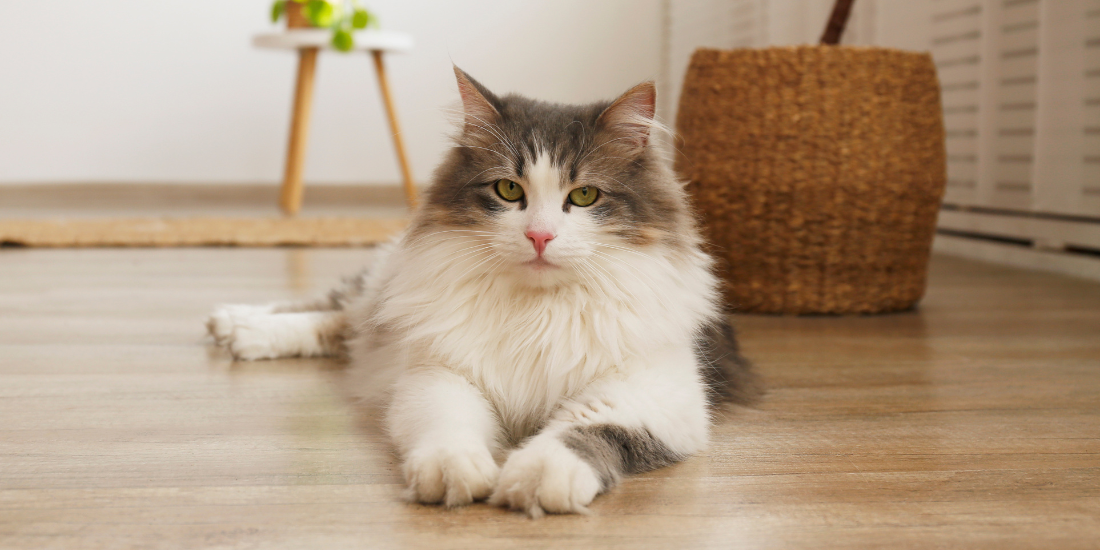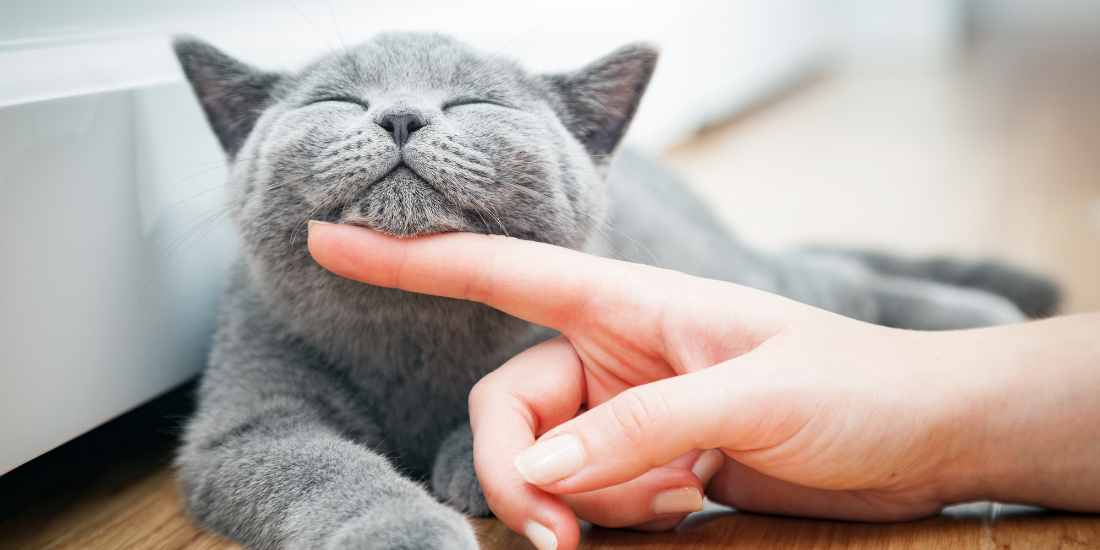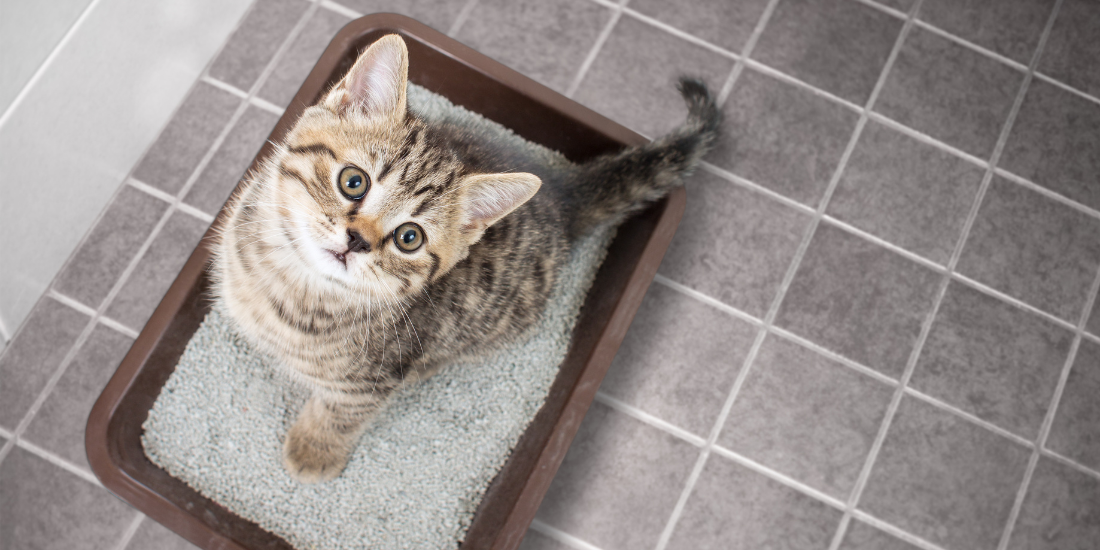
Embarking on the journey of introducing a new cat or kitten into your home? Whether it's blending with other cats, dogs, or family members, it's an adventure full of excitement and anticipation. But, remember, a mix of patience and a thoughtful, gradual approach is crucial for a seamless and successful integration.
In this comprehensive guide, we'll dive into all the nitty-gritty details and strategies to make your new cat's transition as smooth as silk, ensuring everyone coexists in harmony. So, let's get started on this delightful journey of welcoming your new furry family member!
The Essential Role of Smell in Cat Introductions
Cats have an extraordinary sense of smell, a key tool in how they perceive their world and interact with others. Each individual, be it a human or an animal, emits a unique scent influenced by various factors such as hormones and diet. This scent signature plays a critical role during the initial introduction phases, particularly when you're bringing a new cat or kitten into your existing pet family.
The importance of scent swapping
Scent swapping is a highly effective method to gently usher your new cat into their new home. It involves exchanging a blanket or t-shirt between the new cat's area and the existing pet's space. This tactic allows each animal to become acquainted with the other's scent before physically meeting. For example, placing a t-shirt you've worn in the new cat's area introduces them to your scent and that of your existing pet. This method is equally effective if your new cat is from an adoption center, as placing an item carrying your scent helps them start acclimating to their future home.
Leveraging Feliway Adapters for a calm environment
To aid in creating a stress-free atmosphere during this period of transition, consider setting up Feliway adapters in areas your cats frequent. Feliway replicates the facial pheromones cats use to mark their surroundings as safe. This helps create a calming environment, significantly reducing stress and anxiety in cats. This is particularly advantageous in households with multiple cats, where the arrival of a new cat can unsettle the existing cat's sense of security.
How do I Introduce My Cat to a New Kitten?
Integrating a new cat or kitten into your home, particularly when you have an older cat, requires a thoughtful and steady approach. Understanding how to introduce a kitten to an older cat, or how to integrate a new cat of any age, involves setting up distinct and secure areas for each feline. This separation is crucial in creating a peaceful environment and enables each cat to have its own sanctuary.
Additionally, it’s essential to acknowledge the subtle nuances of feline communication. This understanding can be the key to helping your existing cat accept and like the new kitten, paving the way for a harmonious coexistence within your furry family.
How to create a separate and safe space
When integrating a new kitten, one common concern is how to get your cat to like the new kitten. The first step involves strategically planning comfortable and secure environments for both. Your current pets should have a designated safe area for solitary relaxation, while your new cat requires their own space, like a crate or a quiet room, for stress-free unwinding.
Initially, keeping the cats separated for a day or two lets them slowly get used to each other's presence through indirect cues like sounds and scents. Depending on their individual comfort levels, this separation period may need extension.
Once both cats seem relaxed and receptive to interaction, initiate controlled face-to-face meetings. However, if either cat exhibits fear or hiding behaviors, prolong their separation. Using a crate for the new cat during initial encounters offers a secure yet interactive space. Start these introductions with your most composed pet, allowing a calm and gradual getting-to-know-each-other process. This methodical approach is key to fostering a peaceful and positive bond between your new and existing cats.
Understand their vocalisations
Expect some vocal communication when your new and resident cats first meet. Natural cat vocalisations, such as meows or hisses, are common and should not cause alarm. However, stay alert and ready to intervene if the situation becomes too intense for either cat. Maintaining a calm and positive environment during these initial interactions is crucial.
Keep the first meetings brief to enhance the likelihood of a positive outcome. Managing the duration of their interactions allows both cats to gradually adapt to each other's presence without feeling overwhelmed. This careful approach lays a solid foundation for a more harmonious relationship as they continue to get acquainted.
Embrace a slow and steady approach
Introducing a new cat to your existing feline requires a thoughtful, steady process. Cats are naturally territorial and may view a new arrival as an intruder, leading to potential tension. A gradual introduction, allowing time for them to familiarize with each other's scents and presence, is crucial for fostering peaceful coexistence.
This careful introduction minimizes stress and potential conflicts, creating an environment that nurtures a positive relationship. The time required for cats to warm up to each other varies widely, from days to weeks or even months, influenced by each cat's personality and response. Patience is essential; allowing the cats to set their own pace is key to a smoother path towards peaceful living together.
Consistency is key
Successfully uniting a new cat with an established feline companion requires a routine of gentle, consistent interactions. Regularly maintaining this process, ideally multiple times a day, is based on how they adapt to each other's presence.
More than just these meetings, creating a stable daily routine for both cats is crucial. This includes scheduled feeding times, playful activities, and ensuring each cat has its own space. Close observation of their behaviors and timely positive reinforcements play a vital role. A well-structured routine reduces stress and fosters a sense of safety and familiarity, essential for a peaceful and successful introduction.
How to Introduce a Kitten to a Dog
Welcoming a new cat into a dog-inhabited home brings its unique set of challenges and excitement. It requires extra patience, particularly considering your dog's temperament and previous experiences with cats.
Ensuring the safety of both your cat and dog remains the top priority throughout the introduction process.
Maintaining control with a leash
When introducing a new cat to your dog, it's vital to keep your dog leashed during their first meetings. This control helps prevent any sudden movements that may startle the cat, potentially triggering a flight response. Given dogs' natural prey drive, which varies in intensity, a fleeing cat could inadvertently provoke a chase. By maintaining a controlled environment where both pets can gradually become familiar with each other, you're fostering a space for mutual respect and a peaceful coexistence to develop.
Utilise treats as a means of promoting positive interactions and establishing a pleasant association with the new cat. Timing these introductions when your dog is calm and less likely to be overly excited ensures a smoother and safer integration, laying the groundwork for a harmonious coexistence.
Address unwanted interest from dogs
Bringing a new cat into your dog's territory? No sweat! With a little patience and the right approach, you can make this meet-and-greet a smooth experience for everyone involved.
Desensitisation
Desensitisation is all about gradually getting your dog used to the presence of the new cat. It involves allowing controlled and brief moments of exposure, followed by rewards each time your dog shifts their focus away from the cat and back to you. This process not only helps in reducing any potential overexcitement or aggressive curiosity on the dog's part but also teaches them that staying calm around the cat is rewarding. It's a strategic way to build a serene environment where both your dog and cat can coexist peacefully.
Structured Training
The "look at that" training technique is particularly effective for structured interactions. In this method, you train your dog to briefly observe the cat and then return their gaze to you, earning a treat. This technique is excellent for maintaining your dog's attention and ensuring they don't fixate too much on the new cat. It's a step towards creating a controlled environment where both pets can be in the same space without undue stress or aggression.
Positive Reinforcement
By rewarding your dog for calm and non-aggressive behaviour around the new cat, you're reinforcing the idea that peaceful coexistence is beneficial. This approach involves giving treats, praise, or petting whenever your dog exhibits relaxed behaviour in the presence of the cat. The goal is to build a positive association in your dog's mind, helping them understand that the presence of the cat is not a threat but a normal and peaceful part of their environment.
Introducing a New Cat to Your Children
Involving children in the introduction process requires educating them about respectful and gentle interaction with the new family cat. Maintaining a calm and quiet environment during the initial weeks, especially the first few days, minimizes stress for the cat.
Supervised interactions are crucial, especially with younger children, to prevent any accidental harm to the cat. Consider organizing the first few meetings in a quiet room, with the cat in a crate or open space, allowing it to venture out at its own pace. Encourage children to remain patient and let the cat initiate contact, ensuring the cat feels comfortable and in control. To facilitate this interaction, children can offer treats to the cat when it chooses to engage. This not only rewards the cat for initiating contact but also creates a positive association with the children, making future interactions more likely and pleasant for both the cat and the kids.
How long before a kitten gets used to a new home?
Understanding how long it takes your new kitten to settle in is crucial. The period for a new kitten to get used to a new home can vary. Typically, it takes a few days to a couple of weeks for a kitten to acclimate to its new environment and feel comfortable. During this time, it's important to observe the kitten's behavior closely and provide it with a safe, quiet space where it can retreat and relax. This space helps in easing the transition and reduces stress. Gradually, as the kitten becomes more familiar with its surroundings and the scents and sounds of its new home, it will start to explore more and show signs of feeling settled. Patience and gentle encouragement during this period can significantly help in making the new kitten feel at home and comfortable in its new surroundings.
Introducing a new cat into your household, whether joining other pets or family members, is a rewarding experience demanding careful preparation and patience. This journey involves respecting the cat's space, understanding its communication methods, and maintaining a consistent routine.
By adhering to these guidelines, you're poised to create a successful integration, fostering a peaceful and loving environment for all. Welcome your new feline friend with open arms and embark on an enriching journey together!

About The Author
Bex Falloon
Veterinary Nurse | Pets: Ted (Domestic Longhaired Tabby Cat) & Frankie (Cavoodle)
I have 19 years experience in the Veterinary industry. I started as a Vet Nurse in a small animal practice where I developed my love for hospital care, anaesthesia and looking after elderly patients. After 9 years I moved into a Practice Manager role where I was able to broaden my skills to include more customer care, overall business management and leading a wonderful and caring Veterinary team. More recently I am working with the Virtual Vet Nurse team, implementing great ways to increase efficiencies, especially on the front desk, of Vet Clinics, which has been fantastic! My love for pets and the bond they have with their owners is why I am passionate about pet care. Being able to share my knowledge with owners on how to do the best for their beloved companions is such a privilege.
Enjoyed This?
Explore more ....


Soothing Your Cat's Itchy Skin: Effective Treatments and Care

Litter Box Basics for Beginners: Tips Every Cat Owner Should Know
